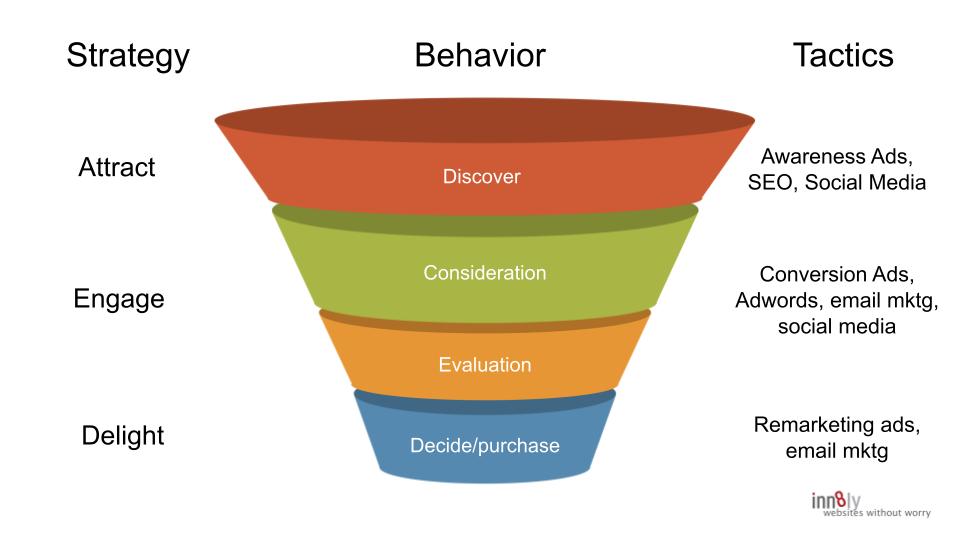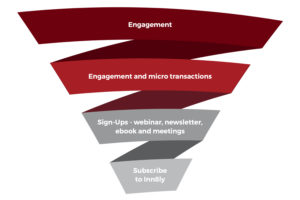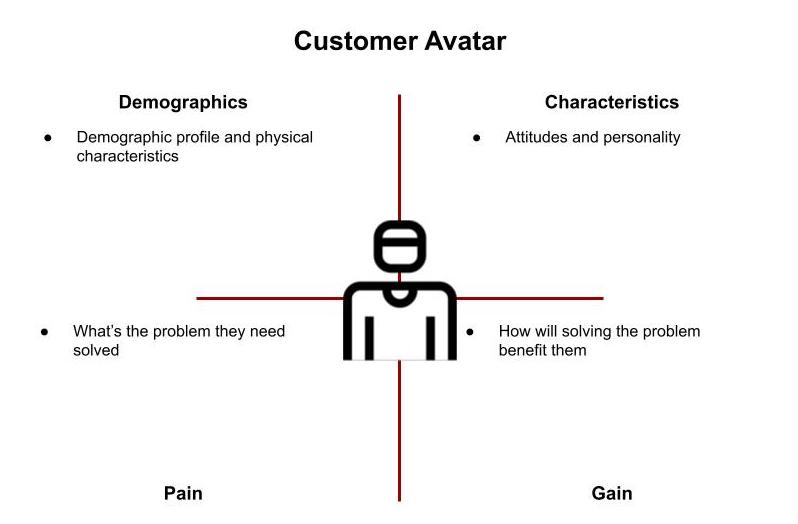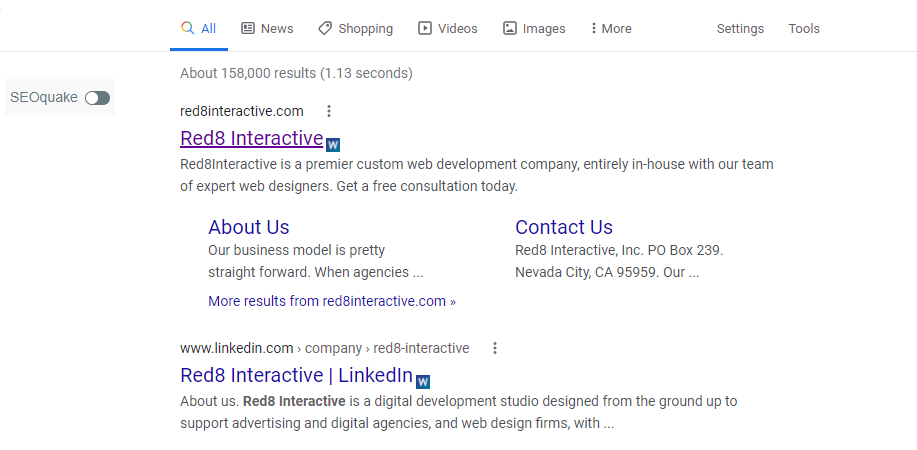Your cart is currently empty!

What is Relationship Marketing?
(And How Can I Use it in a Digital Marketing Funnel)
Reading Time: 8 minutesAuthor:
What is relationship marketing?
It’s an interesting question.
Combining solid products and services with a good relationship gives you all the elements of a successful business. Relationship marketing fosters relationships with your best customers. This increases trust, making marketing more effective and improving the chances they’ll want to work with you again.
This article is based on my many years of practical marketing experience. It will explain relationship marketing and how it ties into the customer journey to create value for your customers and for your business. Then we’ll discuss how a marketing funnel is linked to the customer journey and how it uses microtransactions to build trust and lasting relationships.
Let’s get to it!
What is Relationship Marketing?
Traditionally, marketing aims to promote a product, service, or brand. You use marketing to sell customers on the idea that they need your business, and if your ads are successful, you might get a sale.
However, if you want customers to keep coming back to your business and you want to maximize the efficiency of your marketing efforts, you need more than simple marketing. You have to build a relationship. This is relationship marketing. It consists of three elements:

- Attract – find prime prospects
- Engage – establish trust between you and the customer
- Delight – add value that goes beyond the transaction’s value
This is also the marketing funnel.
It’s important to make customers feel like you care about more than just making a sale to accomplish those goals efficiently. An excellent example of relationship marketing in action is the popular social media strategy that says seventy percent of your content should be focused on providing value and building trust. Twenty percent can be curated content that’s also focused on creating value for customers, and only ten percent of your social media should focus on transactions.
Ten percent might sound like a low number, but if you try to push sales too aggressively, you might scare many potential customers away. More importantly, building a relationship with your customers by sharing high-quality content makes your marketing more efficient; it means that they are more open to seeing your offer when you make it.
90% of loyalty problems can be traced to a flawed sales process. Share on XOf course, a good relationship with your customers isn’t a replacement for stellar service. However, if you manage to combine both elements, you’ll have a winning strategy on your hands.
How Relationship Marketing Ties into the Customer Journey

Relationship marketing is essential to your business’ growth and should be a part of your overall customer journey instead of something you pursue separately. In other words, it should be a part of your marketing funnel.
To recap, your marketing funnel is the process or journey that customers go through from the moment they discover your business until they get to the conversion stage and beyond. A traditional marketing funnel might involve the following ‘stages’:
- Awareness of your business
- Interest in your products and services
- Evaluation of the benefits you offer
- A commitment of some type to your business
We say “commitment” because sales are only one type of conversion. For an online business, you might also encourage customers to sign up for an email list, share your content, register on your website, or even fill out a contact form to ask a question.
Customers start their journey at the top of the funnel. You focus your efforts on attracting high-quality traffic and nurturing the growing relationship through a series of small transactions, microtransactions of increasing value, and leading to the bottom, where you create mutual value.
So, what is relationship marketing? It’s a strategy that uses microtransactions to add value and create trust.
Without relationship marketing, your marketing funnel will be nothing but an extended sales pitch. If you fail to build a relationship with your users, they might not finish their journeys, and even if they do, they’re unlikely to come back to do business in the future. This reduces the efficiency of your marketing. You need to constantly refill the funnel with expensive prospects versus maximizing the value of the prospects you already have.
Repeat business is critical for your brand to grow. Customers who stick around tend to increase their spending over time and are much more likely to recommend your products and services to others.
On average, repeat customers spend 33 percent more than new users. That number tends to increase over time as well. By the third year of the relationship, users typically spend 67 percent more on the business than they did initially.
The idea of nurturing a customer relationship over multiple years might sound daunting, but that’s precisely what successful brands do. If you look at your own consumption patterns, you’ll likely notice several businesses and brands you’ve used for years. That’s the kind of relationship you want to nurture, which means you need to understand how microtransactions work.
5 Ways Marketing Funnel Microtransactions Foster Relationships
As we consider “what is relationship marketing” and we talk about microtransactions, we’re referring to how the small actions that users make as part of their customer journeys build their relationship with your product or service. Signing up for an email list is a ‘conversion,’ but it’s also a microtransaction. Something as simple as leaving a comment on a blog post would also be a microtransaction.
Ultimately, customers can make dozens of small microtransactions throughout their journeys, and each of them can help build a stronger relationship. This can and does happen naturally, but it can also be managed.
What is relationship marketing? It’s the active management of brand/consumer microtransactions.
Let’s break down how that works in five critical aspects.
1. Use Microtransactions to Attract the Right Customers
For marketing to be successful, you need to understand your ideal customer avatar precisely. That means understanding the following:

- Who can benefit the most from your products and services – demographics
- How they think – attitudes and behaviors
- What problems do customers have that you can solve – their pain
- How your business solves their problem – their gain
Understanding those key points will enable you to create better marketing materials and highly-targeted content. With either of those elements, you can begin attracting an audience full of prime prospects, and their customer journey starts with a click.
The first click is a microtransaction. A user sees something that interests them and decides to learn more about your business. They might click on a link on a search engine results page or an ad that they see on social media:

Your first goal is to ensure that you’re optimizing your content to get the right clicks. You want to use these microtransactions to let prime prospects identify themselves. This means using appropriate keywords or ads to attract your ideal customer, crafting engaging titles and meta descriptions, and more.
2. Encourage Simple Microtransactions at the Beginning
When customers are at the top of the funnel, they’re still likely to leave because you haven’t established a solid relationship. One way to encourage them to get to the next phase is to prompt a microtransaction. This also gives you a signal that tells you they are a prime prospect.
For new customers, you want to start off simple. Some ideas for microtransactions that can build the relationship include:
- Clicking on internal links to see more of your content
- Watching promotional videos in ads or on your website
- Commenting on blog posts or even sharing them with friends
- Providing their email address
All of those are actions that take only minutes at most. Since the commitment barrier is low, customers are more likely to engage in these microtransactions. Little by little, these experiences make users feel more comfortable with your brand, which primes them to make bigger commitments. Said another way, as they move deeper in the marketing funnel you want the value of the exchange to increase.
3. Continuously Reinforce the Decision to Buy
Contrary to popular belief, the sales funnel doesn’t end once a customer makes a purchase. Ideally, you want to continue fostering the relationship so they’ll keep returning to your business.
The way to achieve that is to keep customers thinking about your brand and its value. Email marketing and social media, organic and paid, are among the best tools you can use to stay in touch with customers.
For example, you might send your email list weekly compilations of your latest content and other links they might find interesting. Clicking on an email to open it is a microtransaction, as is clicking on any of its internal links to visit your website.
Ideally, your messaging should reinforce the idea that customers made a smart decision by buying from you and how it can benefit them to do so again. If customers know that they made a good purchase, they’ll be more likely to accept further offers down the road.
4. Reward Customers for Their Loyalty
Typically, a small segment of your customer base drives the most sales. The most loyal customers keep coming back because your product or service fulfills their needs. But good customers expect to be rewarded. You can use relationship marketing to reward them.
Rewarding loyal customers makes them feel important and reinforces that deciding to do business with you was wise. As for how to reward them, that depends on your company. However, some common approaches include:
- Offering exclusive discounts on specific products
- Granting access to products and services before the rest of your customer base
- Providing added value, often advanced information about how to take advantage of your products
When it comes to rewards, look for ways to add value that goes beyond transactional benefits. This can often stimulate interaction with the brand. For example, an email inviting them to “Read more…” stimulates two interactions. They click the link, and they spend time reading your content.
5. Invest In Relationships That Are at Risk
Sometimes, your best customers will want to take a break or decide to move on from your business altogether. Usually, that happens because you didn’t invest enough time or effort into relationship marketing. In other words, customers didn’t feel appreciated enough.
If you see that some of your best customers aren’t engaging with your content or making purchases, it’s a good idea to reach out to them and try to rekindle the relationship. Some ways to do that include:
- Sending personalized emails
- Offering personalized discounts with custom messages
- Sending mentions or messaging via social media
Since the customer relationship is at risk, you want to focus this type of interaction on providing value and getting the user to act. This could be opening an email, clicking on a link to visit your site, or replying to your messages. You want to stimulate a non-transaction-based interaction that builds back the value of the relationship
What is Relationship Marketing? – The Conclusion
Relationship marketing is a critical component of any successful marketing funnel. It’s also key to the long-term health of your business. Building solid relationships with your best customers increases their chances of becoming loyal customers.
A big part of building solid customer relationships is understanding and using microtransactions. Rather than aiming for only one big goal (getting a sale), you can get customers to take more minor actions. This signals that they are ready to receive your offer. And over time, these small interactions build up trust, which leads to repeat purchases and happier customers.
Loyalty (trust) is built through value-creating transactions. It’s worth the trouble. The more loyal customers you have, the more successful your business will be.
Do you have any questions about microtransactions and relationship marketing? Let’s talk about them in the comments section below!
Related Posts
-
Why You Need a Brand Kit.
Discover why a brand kit is key for keeping your business looking polished and profesional across all digital marketing channels.
-
Zen Marketing
A thoughtful approach to marketing that brings value to your audience and your business.
-
Marketing Strategy Mistakes to Avoid
Discover the 12 common marketing strategy mistakes that can hinder growth.
Author: James Hipkin
Since 2010, James Hipkin has built his clients’ businesses with digital marketing. Today, James is passionate about websites and helping the rest of us understand online marketing. His customers value his jargon-free, common-sense approach. “James explains the ins and outs of digital marketing in ways that make sense.”
Use this link to book a meeting time with James.

